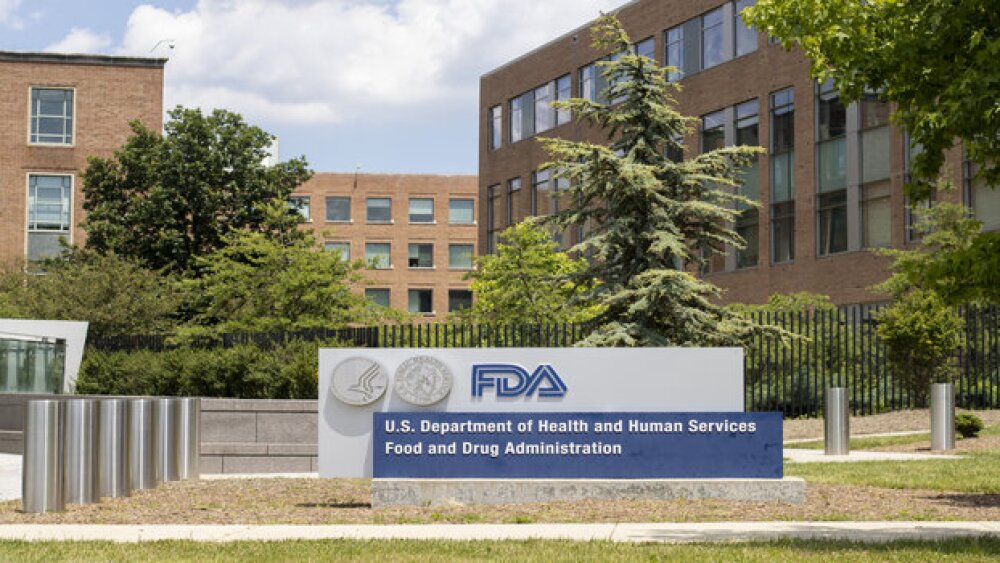PHILADELPHIA, Nov. 15, 2014 (GLOBE NEWSWIRE) -- Keryx Biopharmaceuticals, Inc. (Nasdaq:KERX) (the "Company") today announced results from a 48-week Open Label Extension (OLE) safety study in which Ferric Citrate demonstrated long-term safety and efficacy in dialysis-dependent chronic kidney disease (CKD) patients with elevated serum phosphorus levels, or hyperphosphatemia. The OLE findings were presented as a late-breaking poster (Abstract #SA-PO1102) at the 2014 American Society of Nephrology's (ASN) Kidney Week meeting in Philadelphia, PA. The results are consistent with those seen in the pivotal Phase 3 trial.
Ferric Citrate, an iron-based phosphate binder, was approved by the U.S. Food and Drug Administration to control serum phosphorus levels in patients with CKD on dialysis in September 2014.
"The results presented at ASN provide further confirmation of Ferric Citrate's potential in the dialysis setting," said Julia Lewis, MD, lead investigator, nephrologist and Professor of Medicine at Vanderbilt University Medical Center. "Patients on dialysis take several medications to manage metabolic factors like elevated phosphate levels and iron deficiency that are common in end-stage renal disease. Having an iron-based phosphate binder with unique pharmacodynamic properties may be of clinical value to doctors treating patients in the dialysis setting."
About the Ferric Citrate OLE Study Presented at ASN
The Ferric Citrate OLE study consisted of 168 patients who completed the pivotal 52-week, randomized, active control Phase 3 study. Of those enrolled, 166 patients were dosed with Ferric Citrate and 125 patients completed the OLE study lasting an additional 48 weeks. Over the 48-week OLE study period, patients received an average of 7.9 tablets a day. Ferric Citrate was administered as 1 gram tablets each containing 210 mg of ferric iron. The study was conducted in 35 U.S. sites. Safety in the study was assessed by recording and monitoring adverse events (AE), serious adverse events (SAE) and sequential laboratory data.
The OLE study demonstrated the AE profile of Ferric Citrate is similar to that seen in the long-term Phase 3 52-week active-control period, results of which were published in the July issue of the Journal of American Society of Nephrology. AEs occurred in 142 patients treated with Ferric Citrate and were primarily gastrointestinal-related, including diarrhea, nausea, vomiting and constipation. Serious adverse events occurred in 75 patients, though none were related to Ferric Citrate. In addition, there were no clinically or statistically significant differences in liver enzymes or aluminum levels observed.
The study also evaluated changes in laboratory serum phosphorus, transferrin saturation (TSAT), ferritin, hemoglobin, hematocrit and additional parameters, as well as IV iron and ESA use. The laboratory measurements over time in this study for these parameters is contained in the table below:
| (n=166) | Baseline | Week 12 | Week 24 | Week 36 | Week 48 |
| Serum Phosphorus (mg/dL) | 5.7 | 5.3 | 5.2 | 5.2 | 5.2 |
| Transferrin Saturation (TSAT) (%) | 32.4 | 37.7 | 36.8 | 39.5 | 40.3 |
| Serum Ferritin (ng/mL) | 710 | 785 | 848 | 866 | 821 |
| Hemoglobin (g/dL) | 11.4 | 11.3 | 11.1 | 11.1 | 11.3 |
| IV Iron Dose (mg/day)* | NA | 1.48 | 0.94 | 1.18 | 0.72 |
| ESA Dose (units/day)* | NA | 893 | 837 | 759 | 699 |
| * Mean use for each 12-week period. | |||||
"We are pleased with the positive results from the OLE trial which reinforce the clinical utility of Ferric Citrate as demonstrated in the pivotal trial and reaffirms our commitment to research that will be of value to healthcare professionals treating dialysis patients living with CKD," said Ron Bentsur, Chief Executive Officer of Keryx. "We look forward to working with the nephrology community and making this therapy available to patients in the coming weeks."
Additional Ferric Citrate Presentation at Kidney Week
An abstract regarding the pharmacoeconomic impact of Ferric Citrate titled "Phosphorus Binding with Ferric Citrate is Associated with Reduced Hospitalizations and Costs for Cardiac Gastrointestinal and Infection-Related Causes" was presented yesterday, and showed patients treated with Ferric Citrate had lower hospitalization rates and costs related to cardiac, gastrointestinal, and infection-related events than patients on sevelamer carbonate and/or calcium acetate. This abstract can be found online at www.asn-online.org.
About End Stage Renal Disease (ESRD) and Hyperphosphatemia
In the United States there are currently more than 400,000 ESRD patients that require dialysis, with the number projected to rise in the future.
Managing ESRD is complex as many metabolic factors, such as iron and phosphorus, are out of balance. Phosphate retention and the resulting hyperphosphatemia in dialysis patients are typically associated with increased risk for heart and bone disease, and death.
To read full press release, please click here.
Help employers find you! Check out all the jobs and post your resume.




